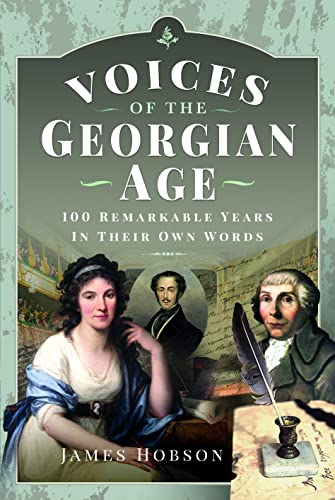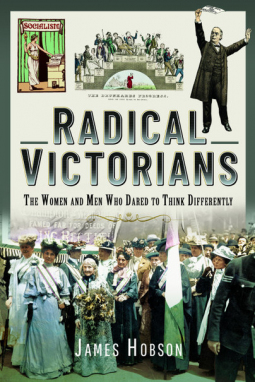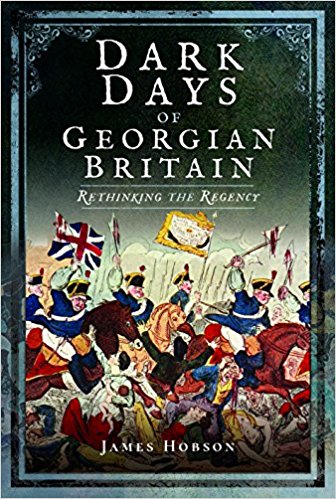
 If you visited a butcher in Regency Britain and you were poor, you may have been offered some ‘slaughterhouse pork’. This name might not have bothered you; all animals were killed in a slaughterhouse, and it sounded like a statement of the obvious. It wasn’t.
If you visited a butcher in Regency Britain and you were poor, you may have been offered some ‘slaughterhouse pork’. This name might not have bothered you; all animals were killed in a slaughterhouse, and it sounded like a statement of the obvious. It wasn’t.
For a start, the pig would have come from a knackers’ yard- a place for killing horses that were no longer of any use. There, pigs, and ducks and chickens would have been feed on the flesh, blood and organs that would have lain around the knacker’s yard. They were in the slaughter house not to be slaughtered, but to be fed. This was not a niche market- up to 5000 pigs per from horse offal were sold in London per week, many becoming sausages for consumption by the poor. It was also called “knackers’ pork” or “dust hill pork”, but it was an expression that the industry only used amongst themselves.
A horse slaughterer’s yard was not necessarily a place for killing horses either. Like every business, it was dependent on supply and demand, and if trade was not brisk the horses would be kept alive until needed. They would not be fed; sometimes the horses would be hired out by the knackers to squeeze an extra week’s work out of them. They were sold to a dust cart or Hackney Cab owner; the latter would only use it at night in case their gentlemen passengers’ objected. Those in the yard would to left to rot, slowly starving to death. If the eventually aim was death anyway, this did not matter. The famous prison reformer John Howard was also concerned about slaughterhouses; he would never part with any of his horses after they had outlived their usefulness- he organised their killing himself.
There were few rules about slaughterhouses; they were mostly small scale private businesses. There was a Horse Slaughterers Act in 1786, but that was more concerned with stopping stolen horses being fenced through knackers’ yards. When there were prosecutions, it would be as a public nuisance, not in the name of humanitarianism. Most of slaughterhouses were in the centre of towns; today we think we can imagine the smells of an insanitary town because we experience them ourselves now and then, but we know little about the putrid smell of dead and starving animals in a morass of excrement , rotting body parts and pungent horse skins.
In 1826, the Parish of St Pancras prosecuted a slaughter house in Maiden Lane, Highgate, but it was for stench rather than cruelty. When investigating the foul smells, they found starving houses eating each other. This description comes from the Voice of Humanity (1827);
Before we arrived In the first we entered we saw the usual living skeleton appearance of the poor horses in the yard some in the worst stage of glanders, some suffering acute pain from diseases or injuries some from famine… attempting to eat the filth of the place, some dying from disease and some among them lying dead whose sufferings were just terminated by death Several bull dogs There were a considerable number of pigs and ducks designed for the London market who were revelling in the luxury of the refuse of the slaughterhouse and combining the putrid flesh of the diseased and glandered horses with their own systems with all possible avidity
Glanders is horrible. Untreated, it kills slowly and painfully, and can spread to other animals and humans. Symptoms include, fever, ulcers and the release of an infectious nasal discharge, followed by septicaemia. It is not a disease designed to enhance the food chain.
The treatment of lambs and calves was anything, even worse. Calves were hanged from the ceiling, alive, until the butcher chose to kill them; animals were skinned before they were dead. Iron hooks were ripped into their faces to better collect the blood. All animals were stored by being thrown into dung and carcass filled cellars, where they broke their jaw or legs as they were thrown in.
Best practice was found in the Jewish slaughterhouses. Animals were killed immediately, with a single razor sharp knife (a foot long for a sheep) which cut all arteries quickly, with death from the rapid loss of blood. The Voice of Humanity went on to make a kind of joke- ‘there would be nothing unchristian in appointing inspectors to regulate the slaughterhouses’.
The Voice of Humanity, published regularly after 1830, was a breakthrough in the treatment of animals, largely because of what it did not say. It did not abhor cruelty for religious reasons, or want to ban the cruel animal sports of the poor to improve their morals. It was purely a matter of avoiding unnecessary cruelty and it also applied to animals that were not used for recreational purposes. Indeed their magazine compared the death in a hunt favourably to that in a slaughter house; death took hours and not days, and the meat could actually be eaten.
The French did all of this much better- something that the average Briton did not want to hear. The Voice of Humanity noted an abattoir ( to use the new fangled term) in Montmartre which was large, clean, used water diverted from local rivers to carry away the stench. The whole operation was inspected by the police. In Britain there was no police to inspect anything, and slaughterhouses had the right to continue their cruelty any way they wanted because they were private property- like the animals they mistreated. However, this does not seem to be the whole story; poor practices in France seemed to continue as well, as can be seen in this blog*, which also explains more about the conditions of animal slaughter houses in general.
*https://storvaxt.blogspot.com/2016/02/montfaucon-rats.html
My four books on Georgian and Victorian Britain
The Dark Days of Georgian Britain is a social history of the period 1815 to 1819 with an emphasis on the poor .
Passengers is a social history of the wider period 1780 to 1840, focussed on the stagecoach and the inn but covering lots of other issues, like the treatment of horses.
Radical Victorians explores the lives of social reformers of the era who were not much appreciated in their time.
Voices of the Georgian Age is the story of a 100 years of history through the letters, diaries and journals of those people who lived through it. Amazon link here




Horrendous !! The French situation in the early C19th can scarcely have been any better – https://storvaxt.blogspot.com/2016/02/montfaucon-rats.html It makes me wonder about how and when our attitude to animal welfare in slaughterhouses changed, and why.
LikeLiked by 1 person
Thanks for your help here Tim. Rats are an interesting subject to blog about. Might give it a go!
LikeLike